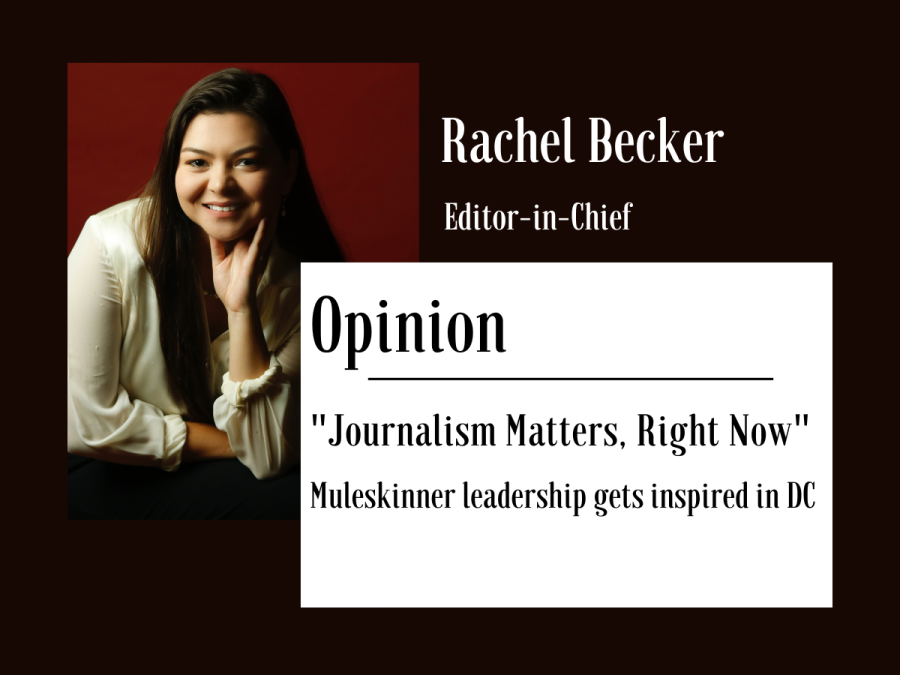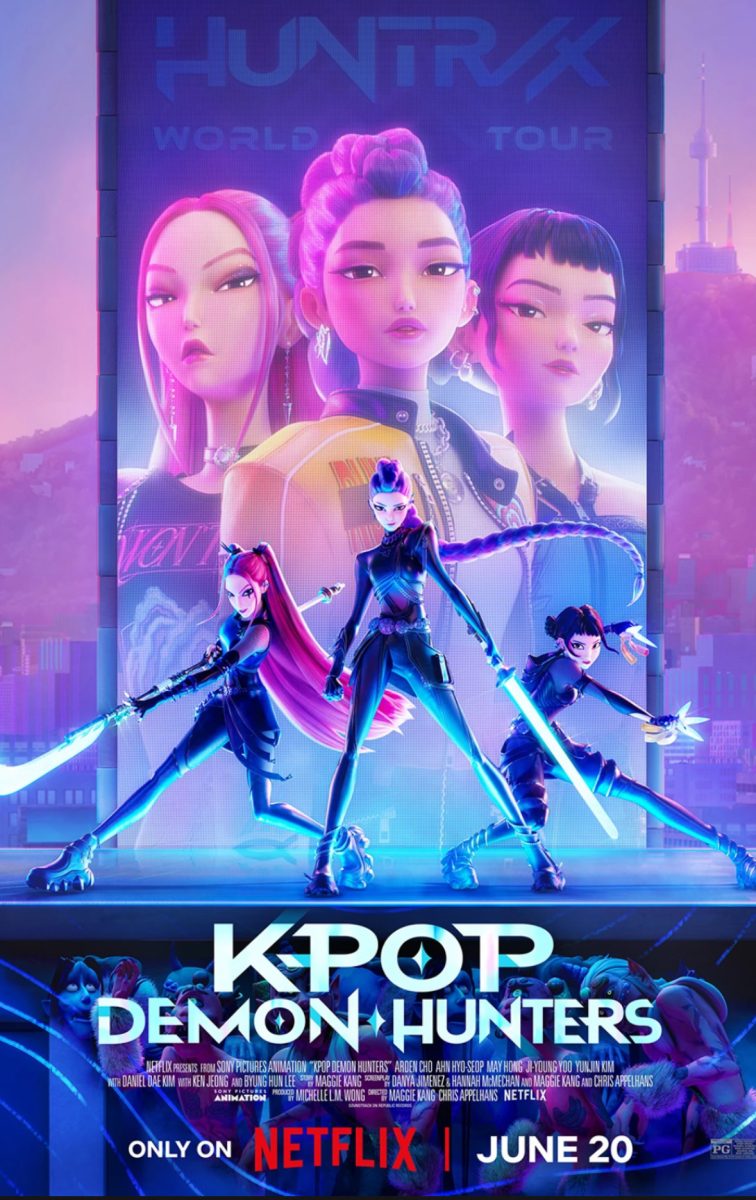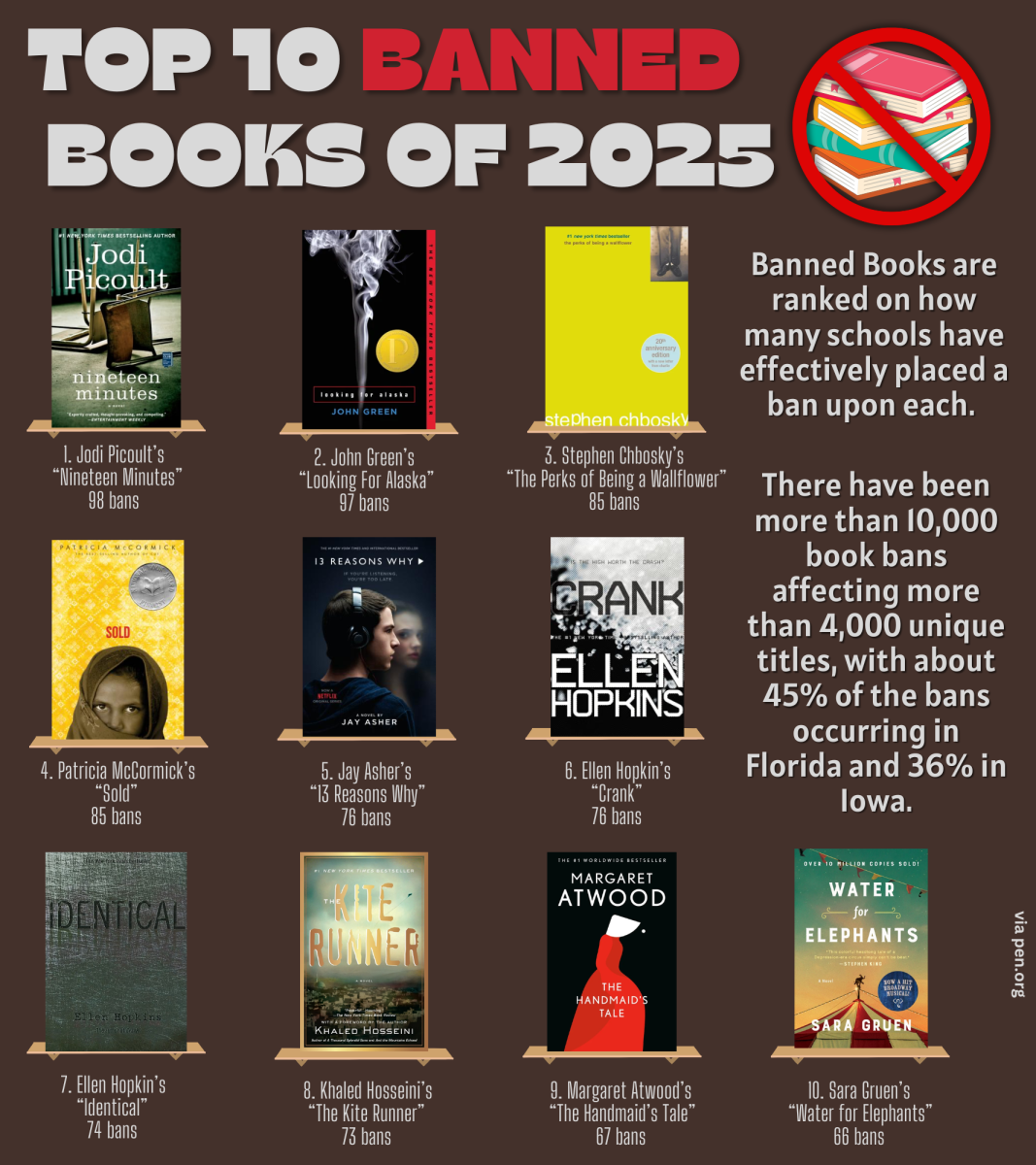The kitchen where I work is guilty of something I’ve seen many businesses do. The building features a sleek, modern minimalist design with a ‘20s Italian retro tinge. It’s very “trendy-six-years-ago,” but by Midwest standards it feels forward thinking. When you walk through the doors, though, they’re playing “The Joker” by Steve Miller Band. Regardless of what you think of the song (I hate it), you have to wonder how the tackiest side of dad-rock is supposed to fit into the brand this restaurant’s decor conveys.
Restaurateurs put a huge amount of thought into every choice they make for their business. Whether it’s the chairs you sit in, the lightbulbs that hang overhead or the plate your food arrives on, every choice is made intentionally to tell you something about that restaurant. So why do so many businesses put so little effort into the music that they play?
Aside from branding, the music we hear in public can have a huge impact on our behavior. It plays while we wait to be seated, while we dine, and while we chat at the table after the meal. Numerous studies have been done on how music affects our pace, our appetite, our memory, and more. More important than any of that, though, is that it is an opportunity for a connection between restaurant and guest.
Last year, renowned composer Ryuichi Sakamoto offered to build a playlist for his favorite restaurant, Kajitsu, because the music they played nearly drove him away. He made no effort to publicize this act, but the story spread until it was picked up by the New York Times. Not every restaurant can recruit an Academy Award-winning musician to build a playlist, but the concept of a restaurant and a musician coming together like this shouldn’t be such a radical one.
Restaurants aren’t alone in neglecting their music. Think about how many times the music in a retail store, mall, or lobby has blown you away. My guess is not many. There’s even an expression for this phenomenon: “elevator music.”
The term “elevator music” is usually relegated to throwaway instrumental music, but I believe it still applies to the classic rock played at my work, or the pop music (not) heard at Walmart.
Elevator music and other forms of background music rose to “prominence” in the ‘30s. A popular theory, which even made it into The New Yorker, was the music was intentionally designed to be simple and familiar to calm first-time passengers who might otherwise experience anxiety. Elevators had existed for decades before music was added to them, though, so this theory is contested.
Regardless of why, the inclusion of background music in elevators, stores, lobbies, and workplaces became an expectation. One particular publisher, Muzak, became so ubiquitous that the lowercase “muzak” has become synonymous with the genre. In the beginning, they featured original instrumental programming recorded by popular artists of the time. Eventually they moved into curating radio stations based on genres, which is a practice that their new owner, Mood Media, continues with their Mood:Mix streaming service.
Nowadays, businesses rely on that same familiarity and simplicity when they choose their music. This leads to songs becoming cliches, such as “Closing Time” being played in countless bars across the country every single night.
Restaurants shouldn’t only play music no one has ever heard of. If they did, the music would be drowned out in exactly the same way it is now. The music choices should be made with care and respect, to make sure that every facet of the dining experience works together toward a cohesive vision. Every restaurant should have a sommelier of songs, who knows music better than any algorithm or corporate mandate could ever hope to.
For Kajitsu, Sakamoto chose music from films, lesser known pieces by famous composers, and an ambient piece by Aphex Twin that Kanye West once sampled. All of these choices have the capacity to be familiar to listeners without ever feeling played out or cliche. This level of care and craft certainly goes above and beyond what most restaurants can manage. But it’s not unreasonable to ask for every restaurant to show some authenticity, or to make a genuine attempt to separate themselves from their competitors musically.
One night, after hearing “The Joker” multiple times in one shift, I asked my manager how the restaurant’s music was selected. She showed me what played was a rock station on Mood:Mix – Mood Media’s service that maintains Muzak’s legacy as the world’s biggest purveyor of throwaway background music. They are what’s wrong with the music we hear in public today.
SideTracked: Elevating elevator music
Written by Louie Sharp
September 27, 2019
1
0
More to Discover













Amanda Grimes • Sep 28, 2019 at 5:08 pm
Great article with great points, except the Joker is a fantastic song.